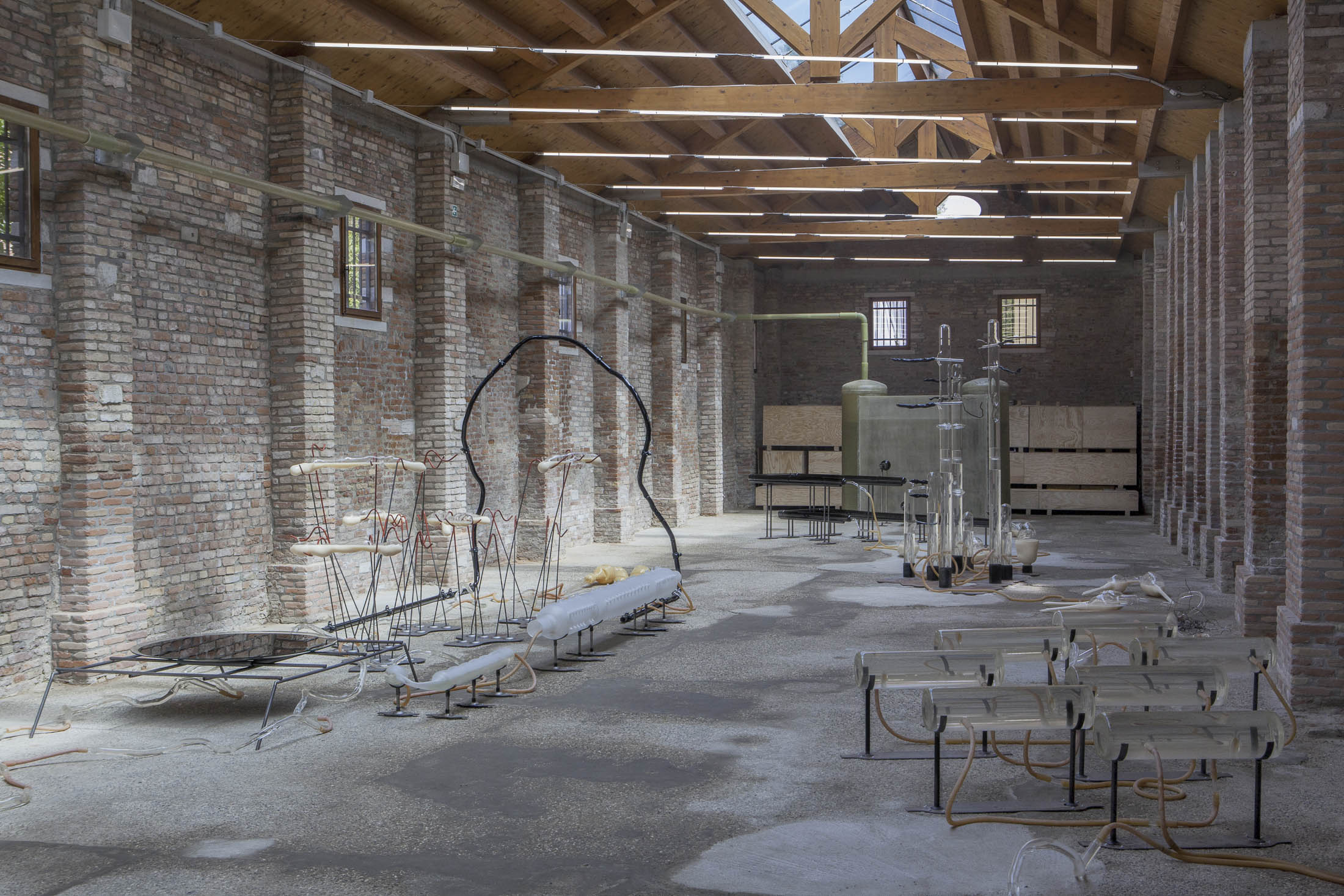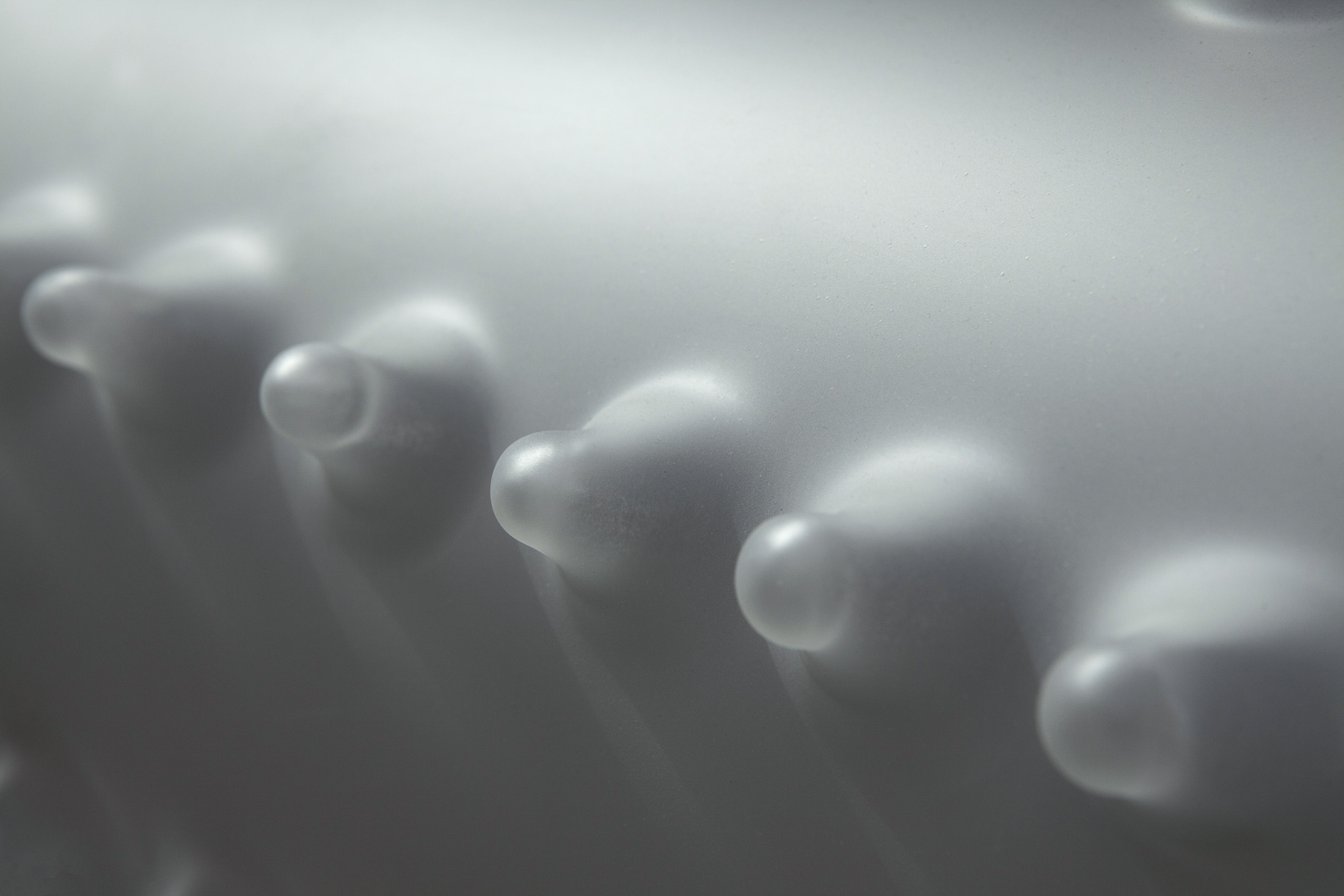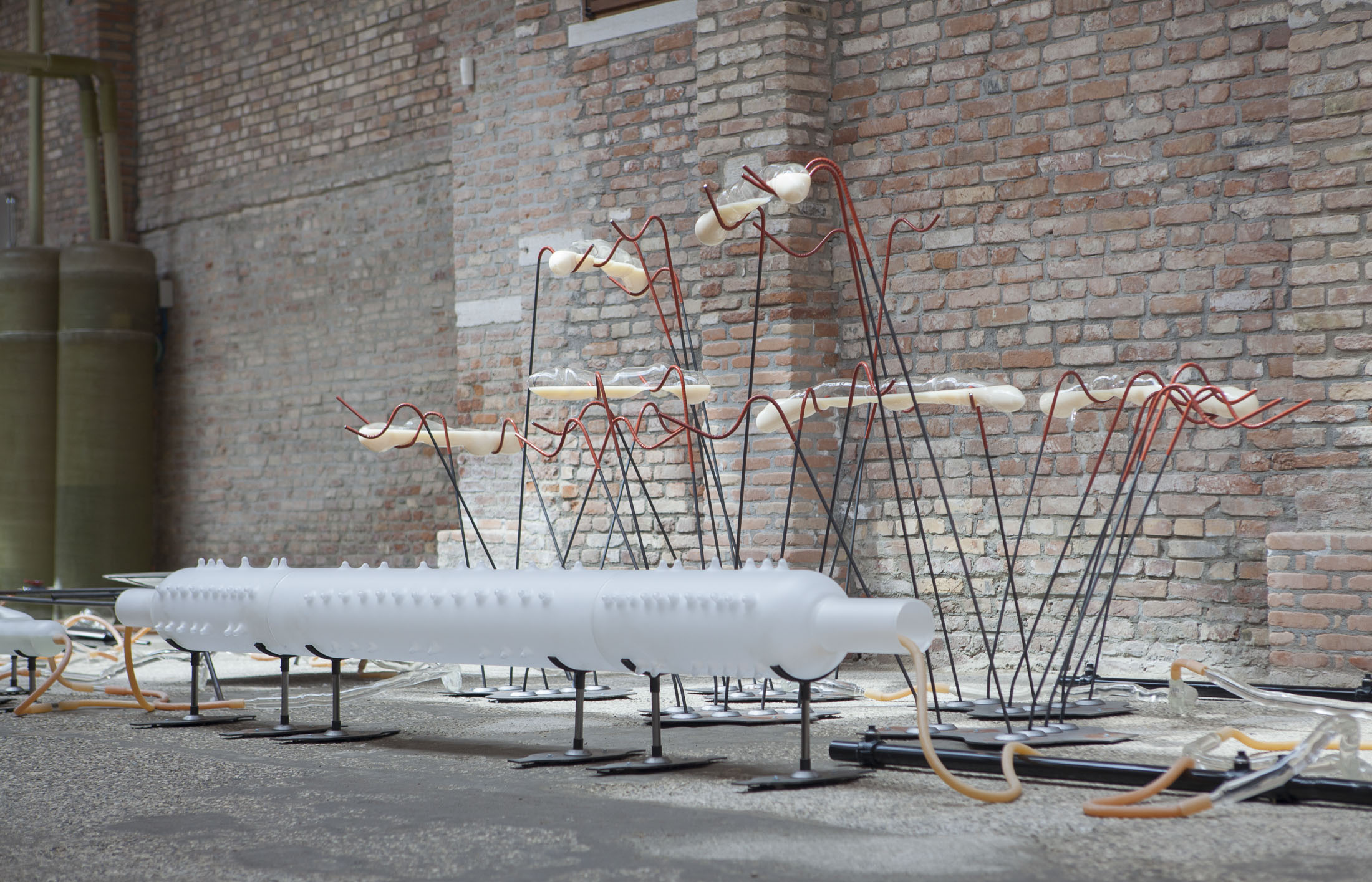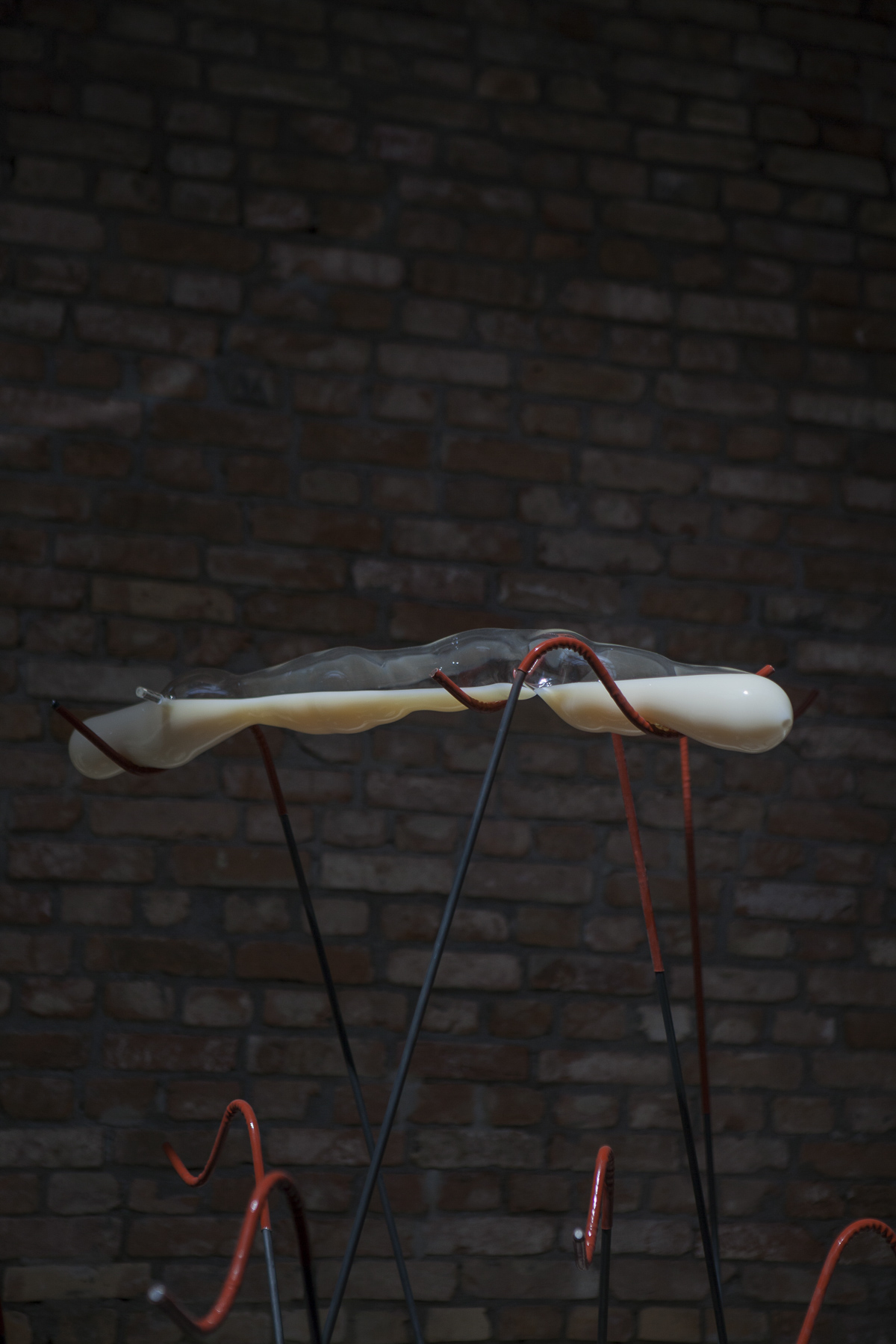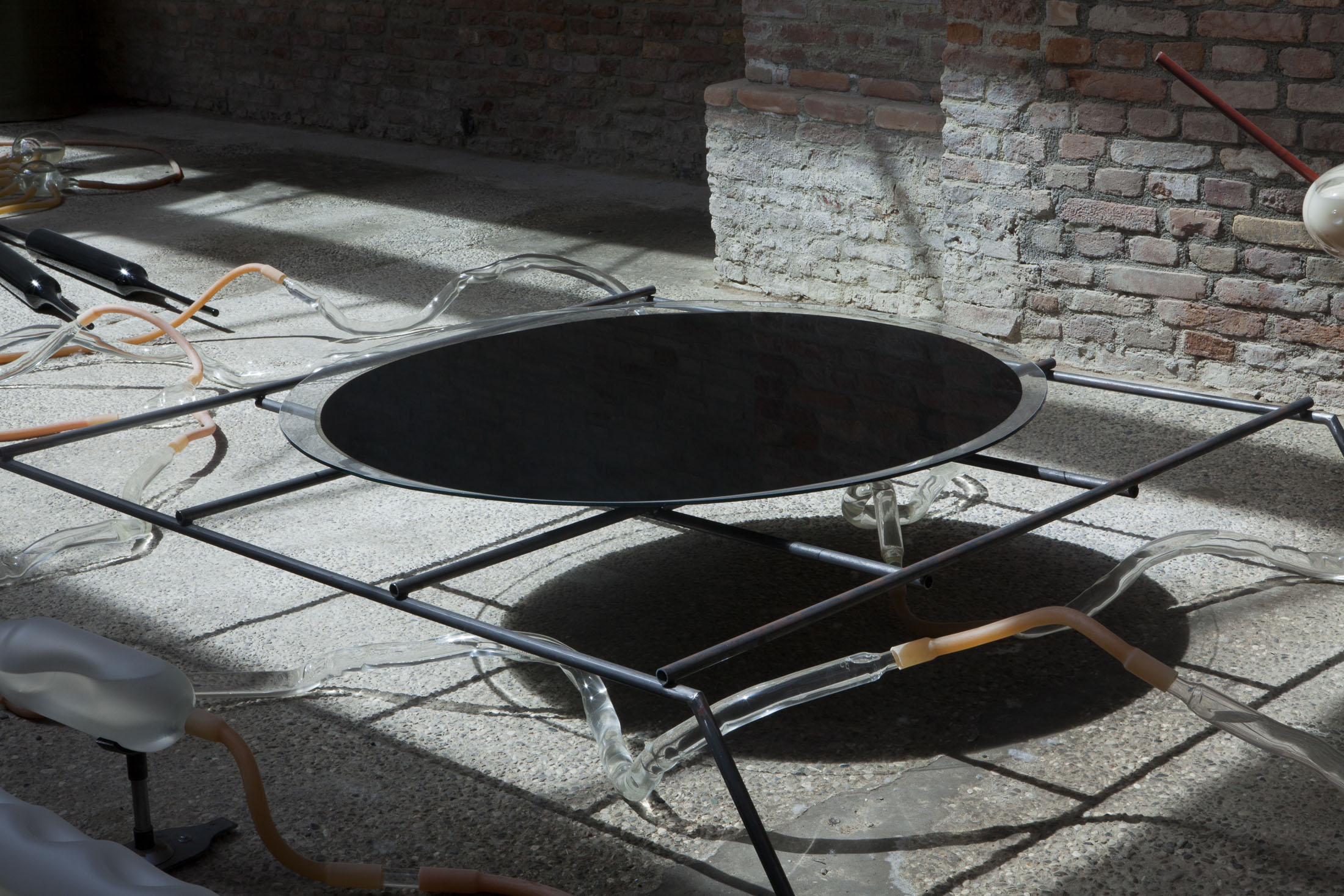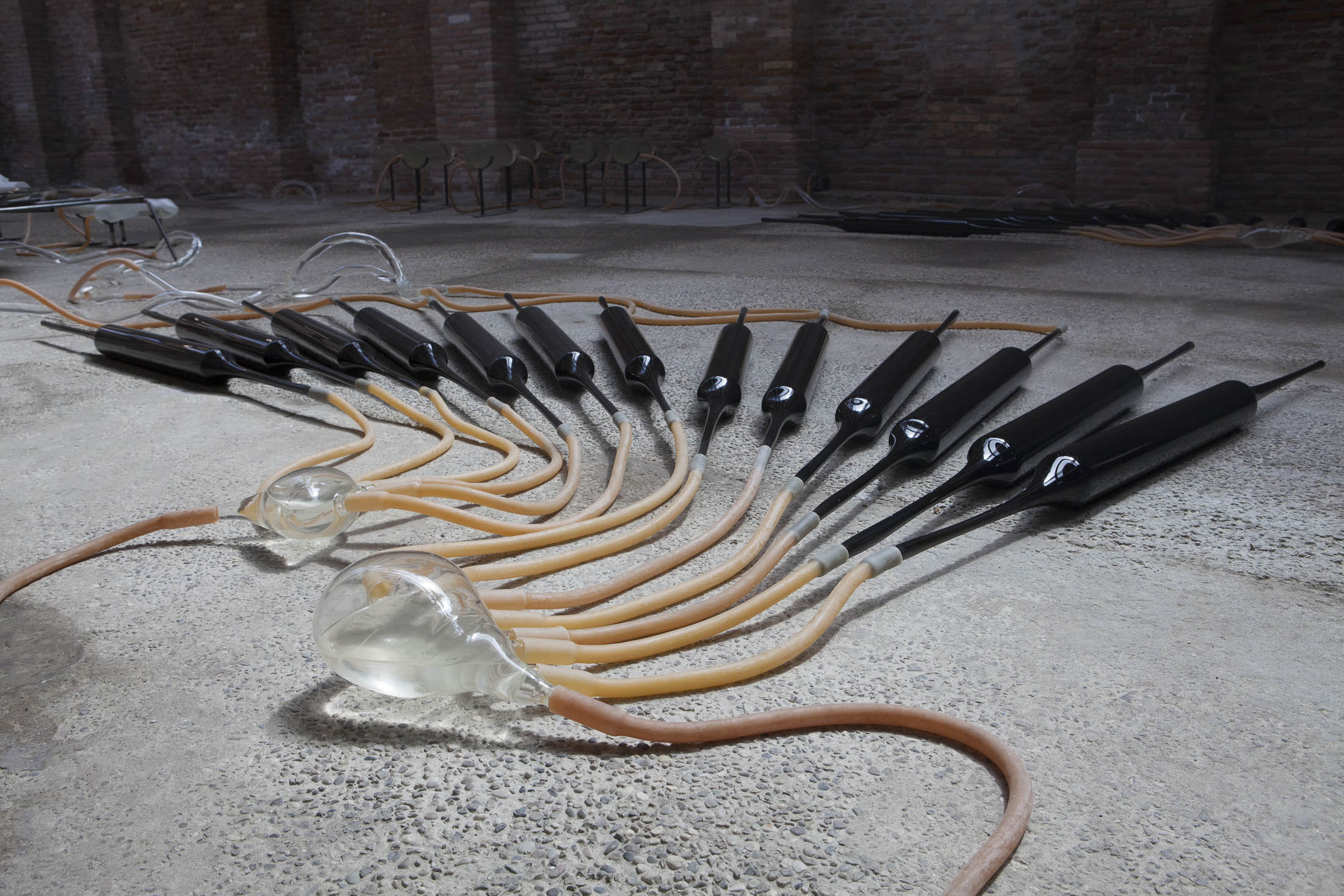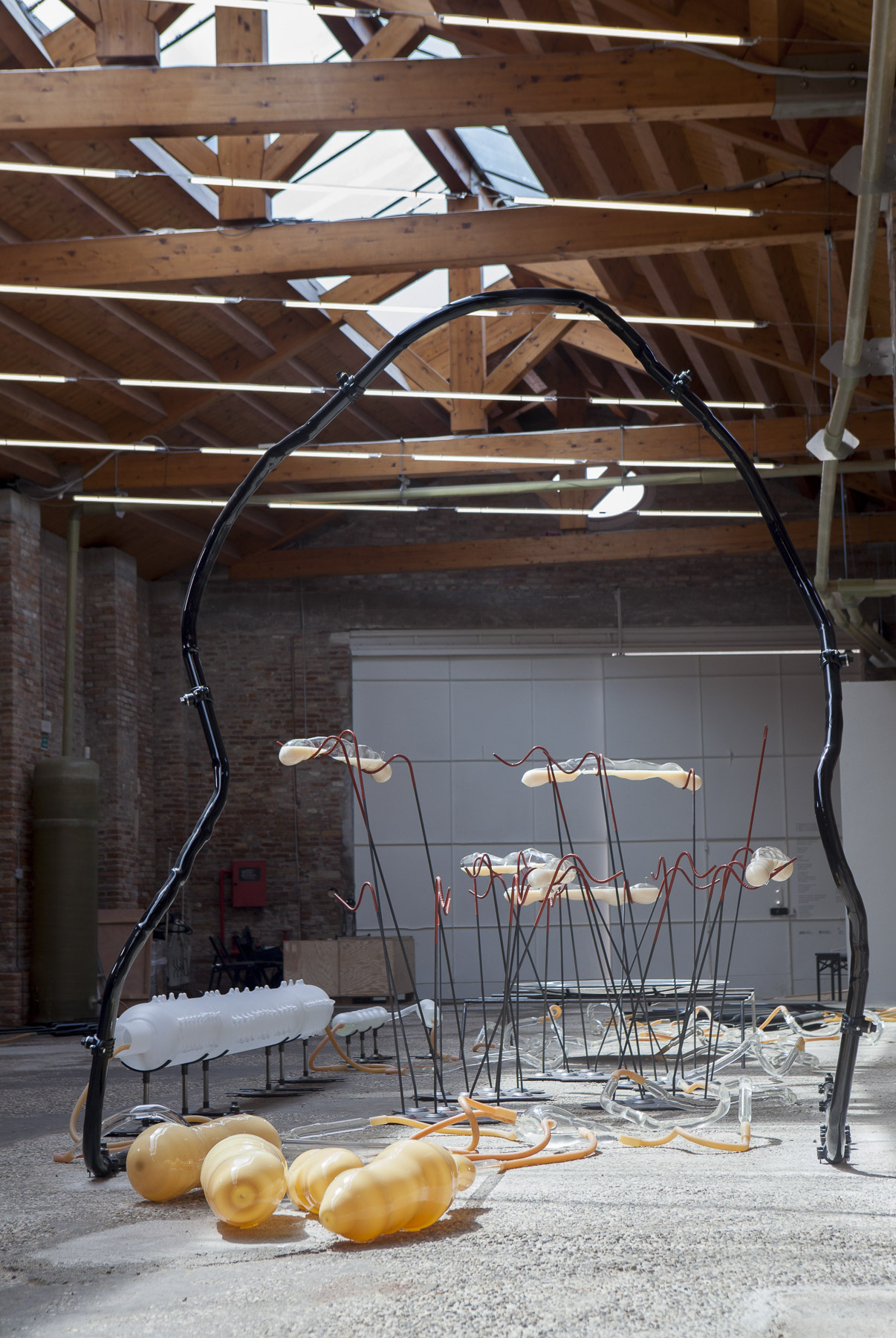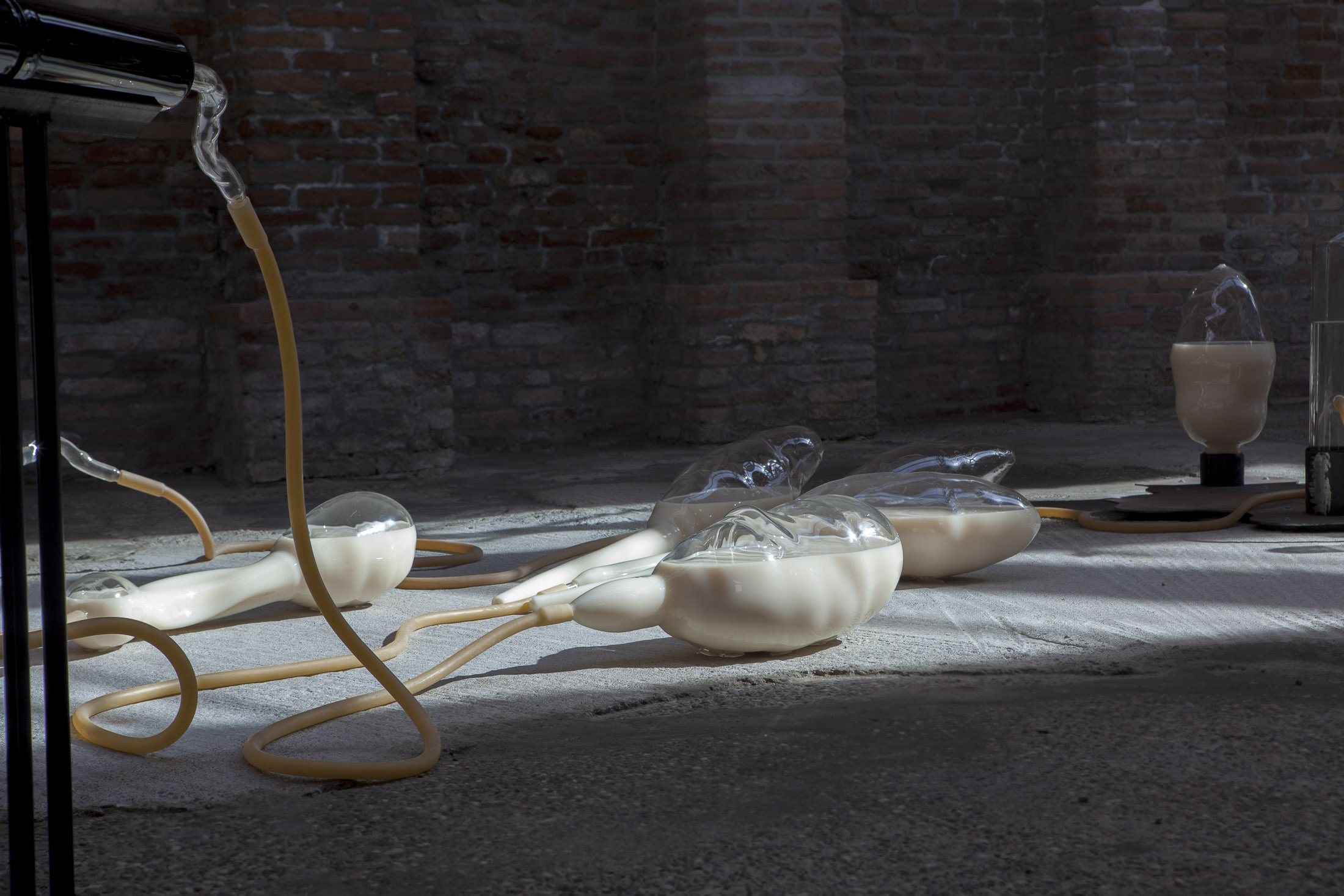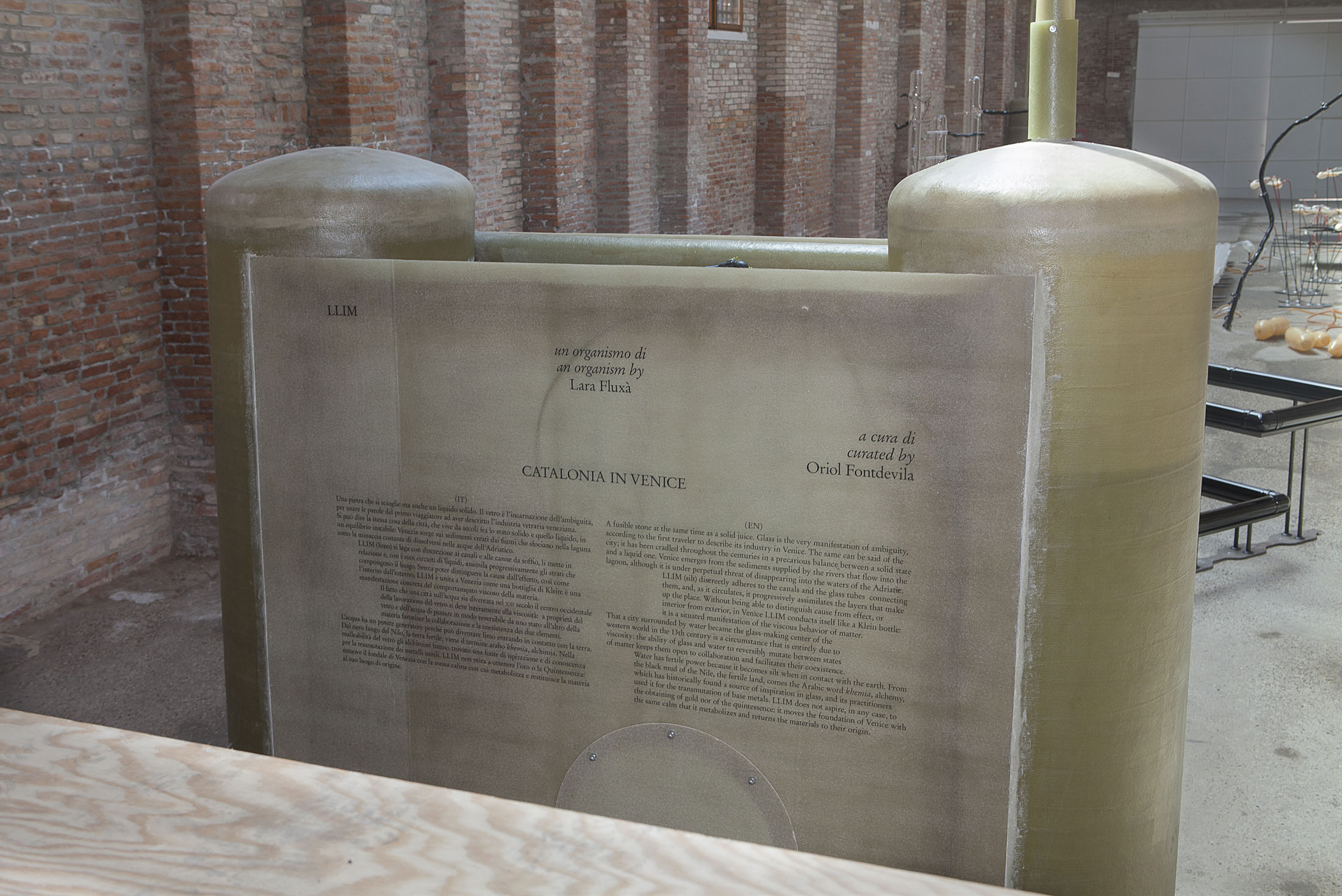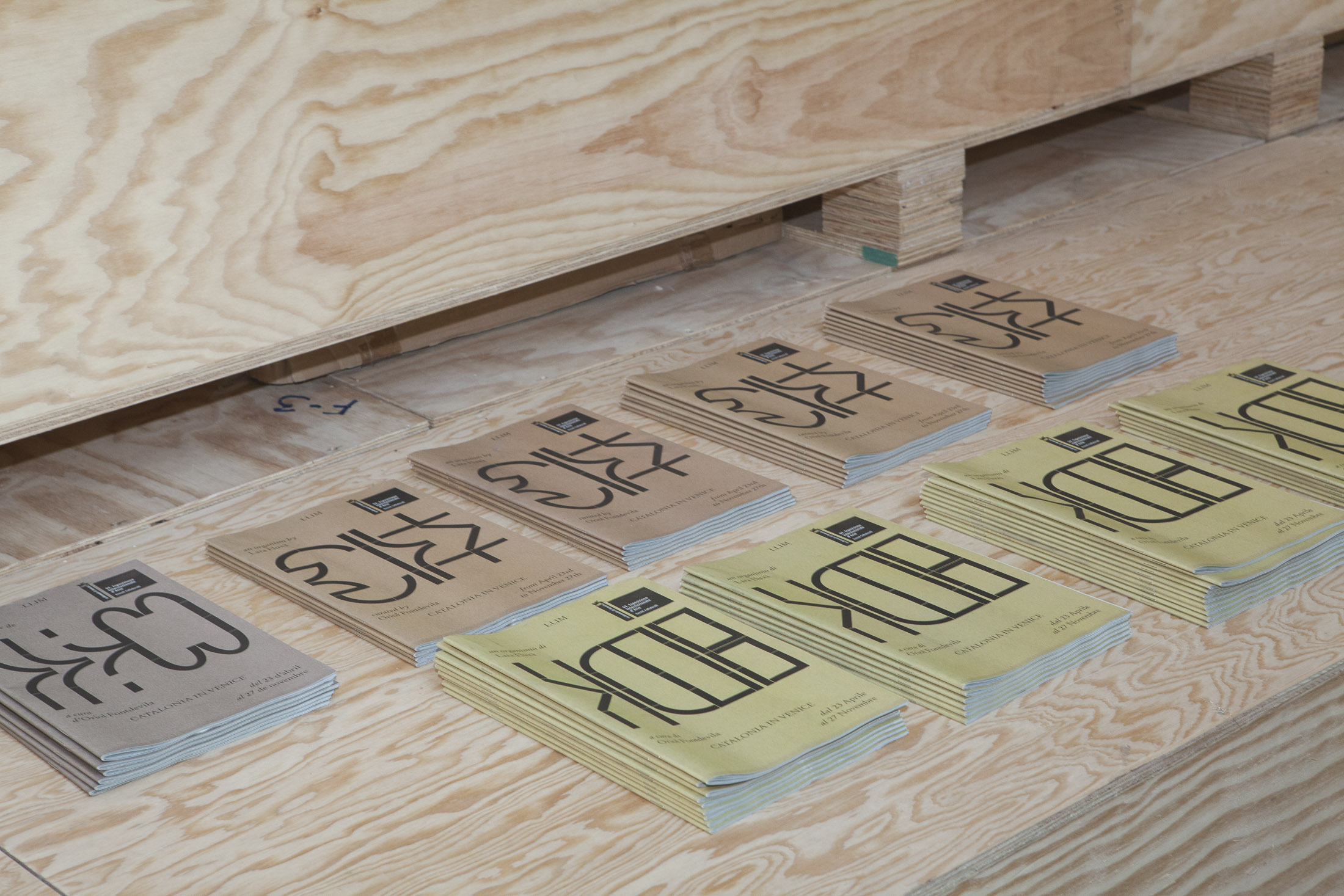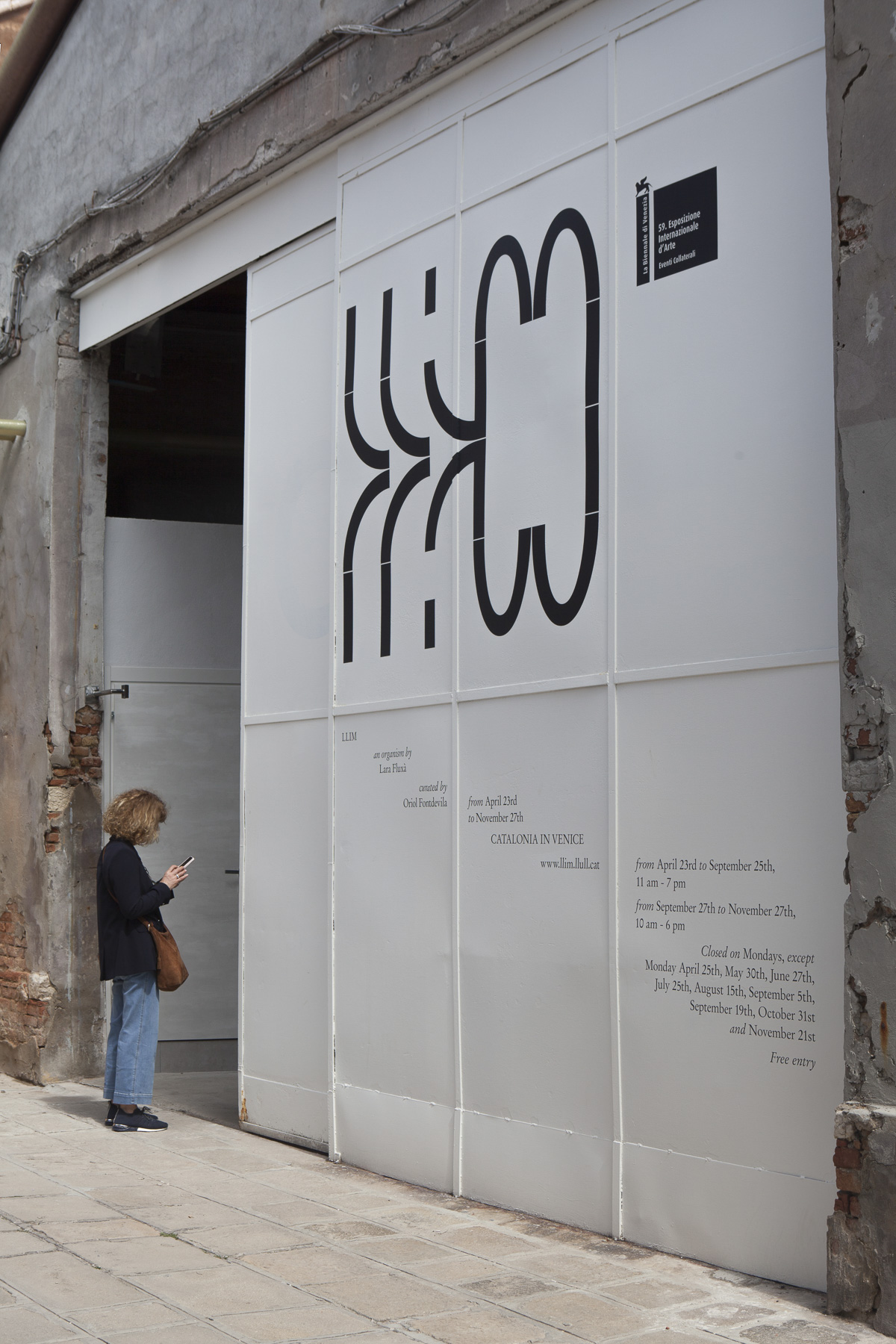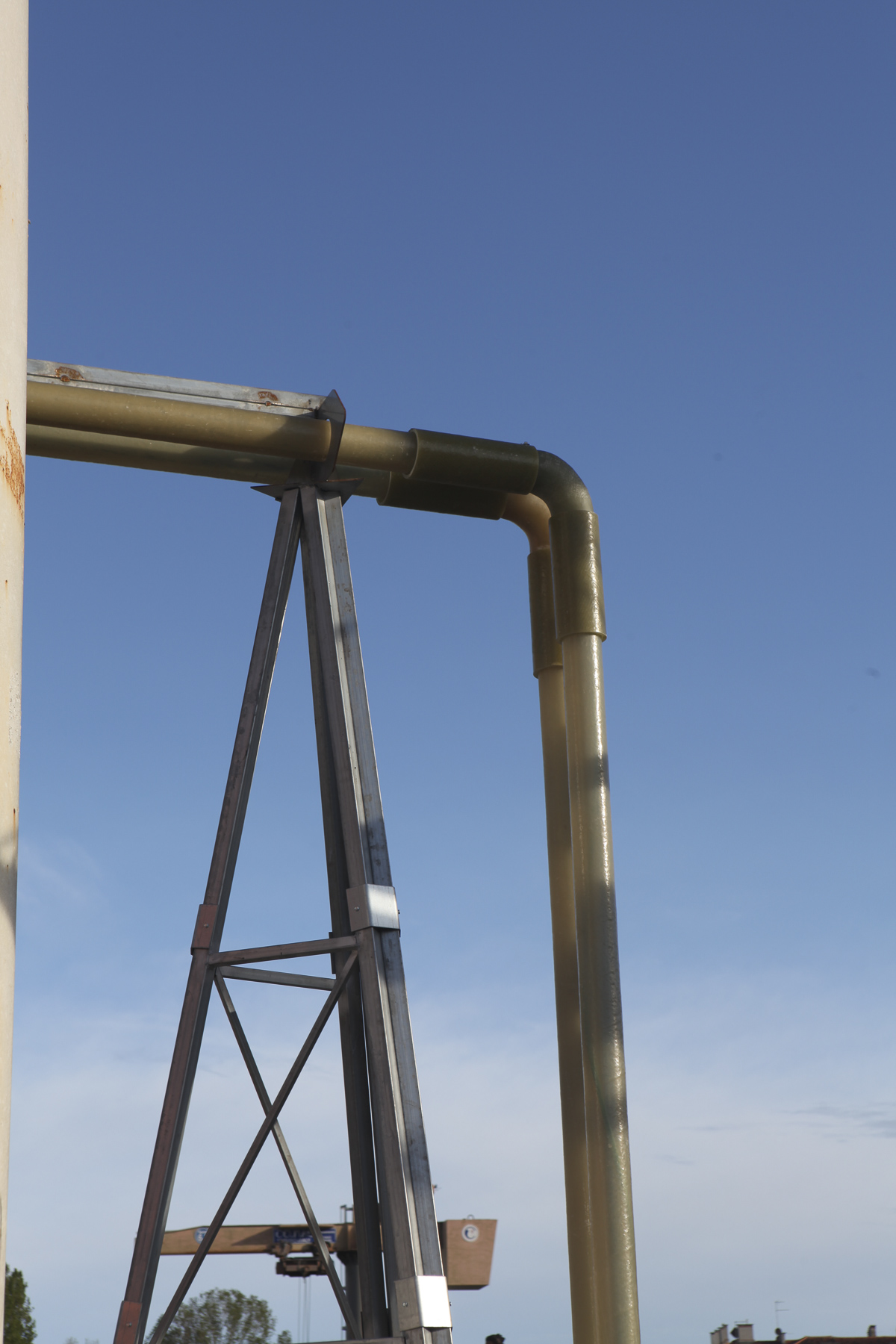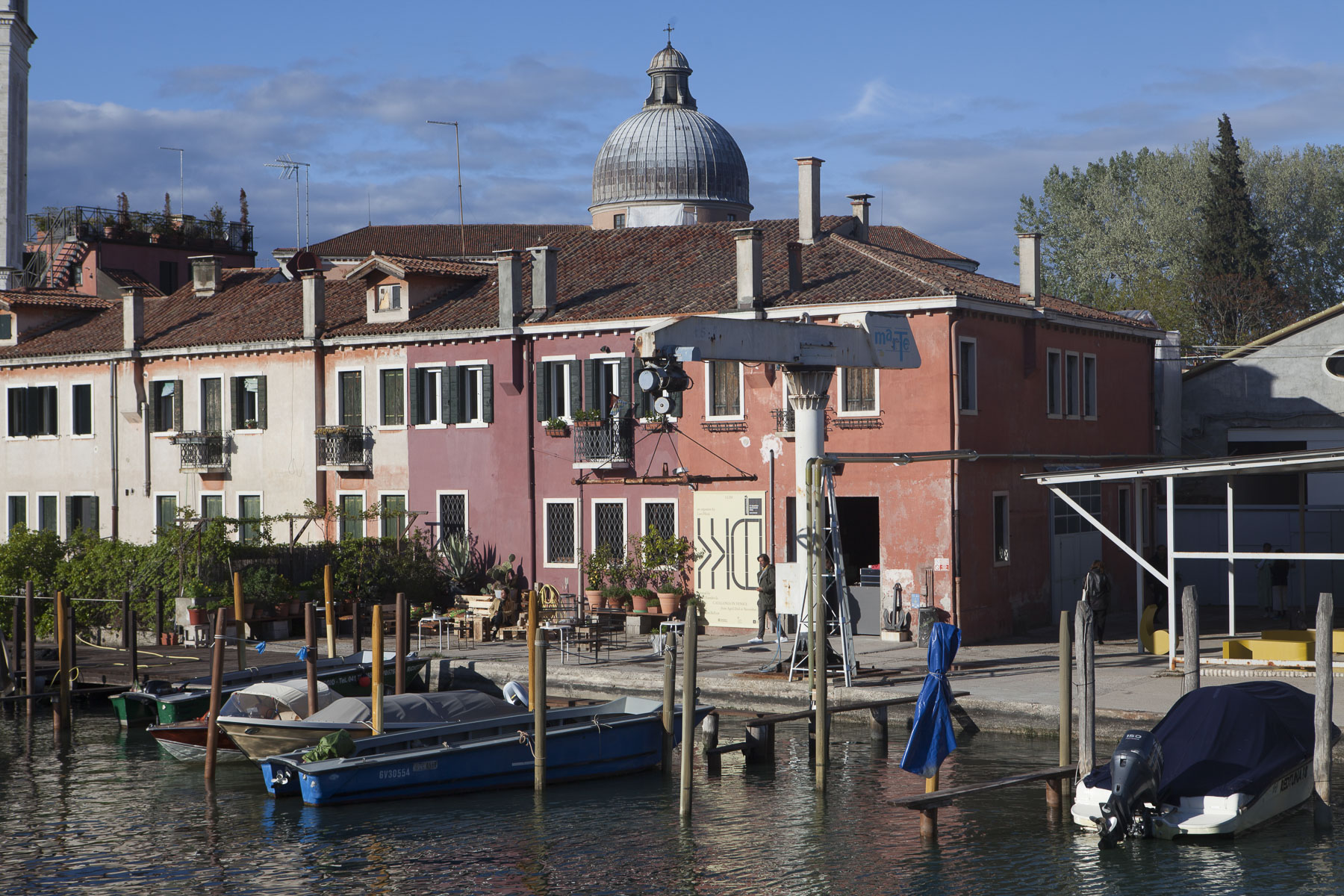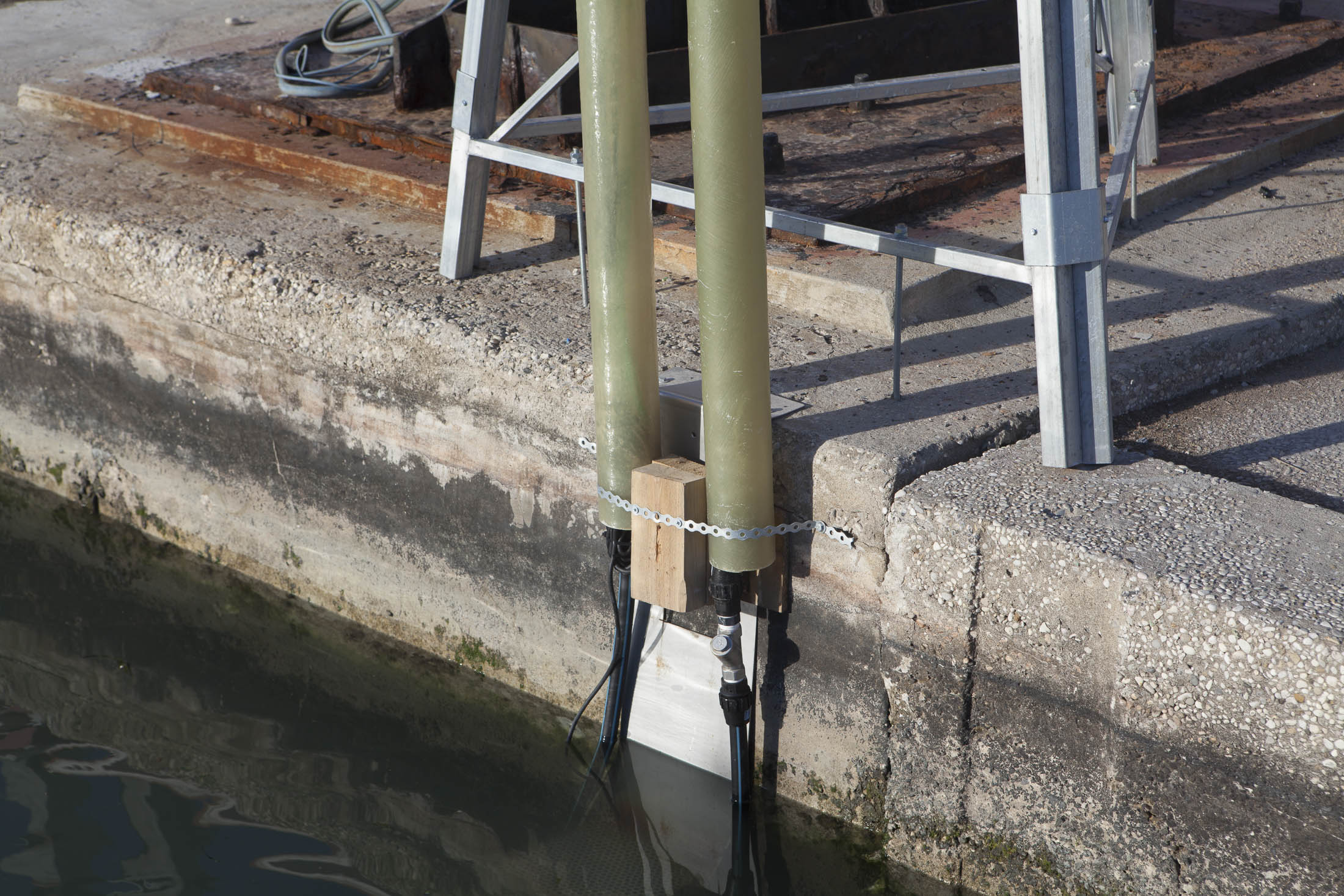LLIM (silt) is not a project but a living organism that stems from water, glass, and other materials. LLIM is, simultaneously, a sculptural assembly, a landscape of organic shapes, and a display of materials. LLIM is not a site-specific outline: it doesn’t adapt to the reality of Venice, it actually dilutes Venice identity into its materials. LLIM takes Venice water and makes it circulate real time. LLIM reveals Venice situation with its perpetual unstable balance between solid and liquid, water and land. LLIM focuses on the handling of mud, the silt from which the lagoon was made and Venice was built. It is an unfamiliar issue that is not part of the Venice cliché, even if it is crucial for the city’s subsistence.
About the moving of water
One of LLIM’s main challenges was to draw up water from the San Pietro’s surrounding canal through a hydraulic pump to feed the pavilion, where it circulates throughout the glass sculptures thanks to the gravitational inertia, assisted by a pumping system operated by Arduino microprocessors.
About glass
Glass is a flexible and ecological material. It is malleable during its manufacturing, and stiff during its final stage; it can be totally clear or coloured; it is watertight and water-resistant; it comes from natural raw material but it is not degraded, therefore it doesn’t loose quality nor quantity during its recycling.
About the graphics
LLIM graphics play with the unfolding of words and the notion of reflection. Its subtle seclusion favours the dilution of knowledge-production standards. Between the monogram and the imagotype, Llim graphics evoke Venice canals, on the one side, and an alchemic symbol, a type of code unintelligible for beginners, on the other.
About the booklet
Designed as an artist book and not as a catalogue, the publication is part of LLIM, it is not a description of the project. It is some sort of logbook that expands the work process; it puts the organism in dialogue with a myriad of entities coming from multiple latitudes and temporalities.
